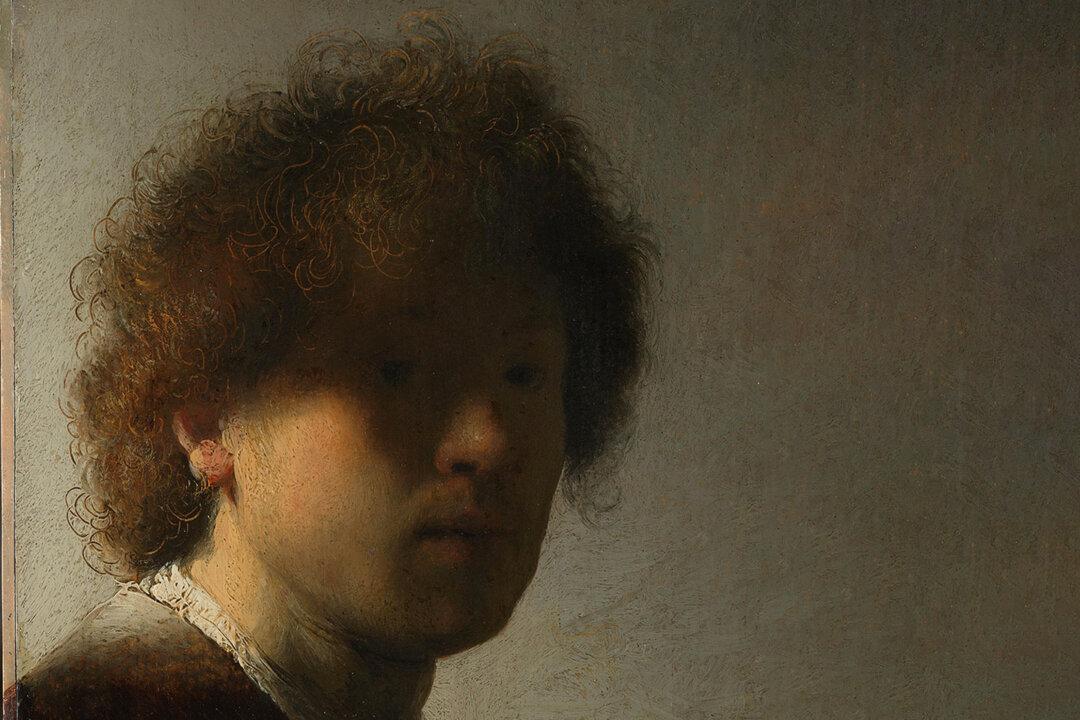On Sept. 22, 2015, a New Jersey auctioneer opened bidding for a painting believed to date from the 19th century. Projected to sell for an amount between $500 and $800, the artwork’s price rose to $870,000 after the bidding war ended. The two rivaling purchasers recognized it to be Rembrandt’s “Unconscious Patient”—a painting from a five-part series that is the Dutch artist’s earliest known work.
Painted circa 1624 to 1625, “The Senses” dates from the time that Rembrandt (1606–1669) opened a studio in partnership with Jan Lievens (1607–1674). The studio was a startup business: Rembrandt and Lievens were still teenagers and both had recently completed their apprenticeships. The studio itself occupied part of Rembrandt’s parents’ house in Leiden. Working in that minor Dutch city allowed the artists to avoid the higher guild fees they would have had to pay in Amsterdam.





